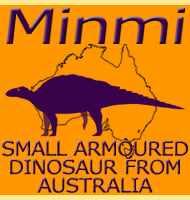Asiaceratops
In Depth Very little is known about Asiaceratops because the currently known fossils of this dinosaur are so fragmentary that some researchers have even questioned the validity of the genus. Further Reading - [Mesozoic ceratopsian dinosaurs and crocodiles of central Asia]. In: Bogdanova and Khozatskii (eds.), Theoretical and Applied Aspects of Modern Palaeontology pp 144-154. … Read more
